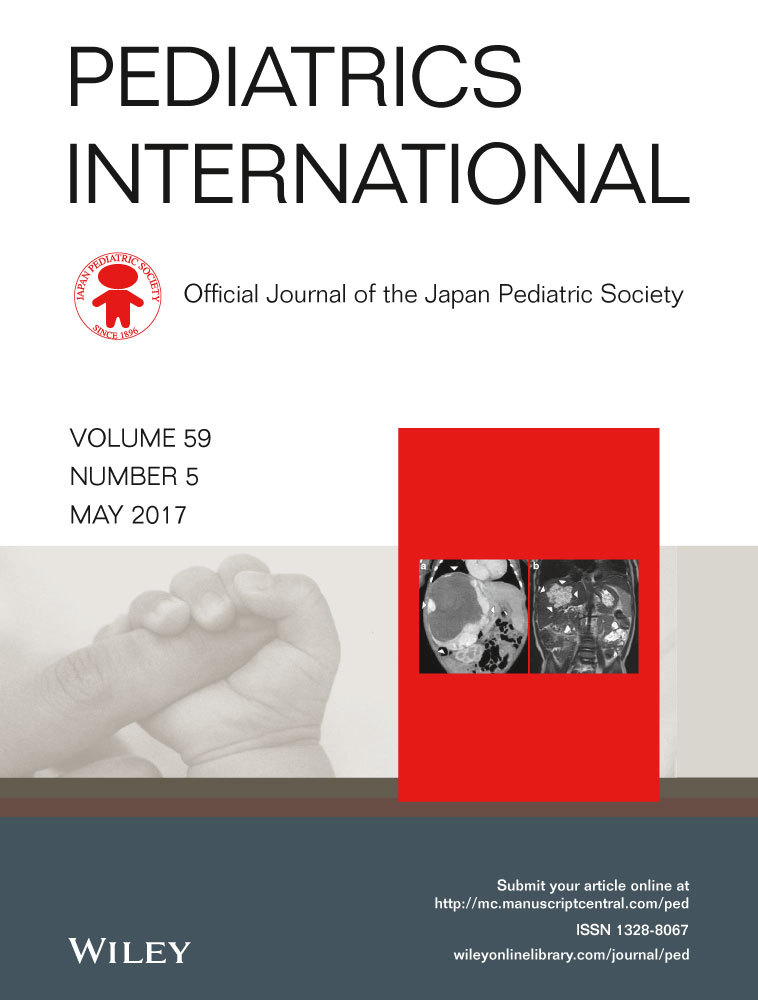Neurally adjusted ventilatory assist for infants under prolonged ventilation
Abstract
Background
Severe bronchopulmonary dysplasia often leads to prolonged mechanical ventilation lasting several months. Cyanotic episodes frequently occur in these patients, necessitating long-term sedation and/or intermittent muscle paralysis. Neurally adjusted ventilatory assist (NAVA) might provide precisely the amount of support that these patients need without sedation.
Methods
We reviewed the medical records of preterm infants who underwent tracheostomy and required mechanical ventilation for >6 months during a period of 6 years. We compared two groups of patients: those supported with NAVA for ≥2 months versus those supported by pneumatically triggered assist methods. We also evaluated any change after NAVA use in the NAVA group.
Results
Among 14 prematurely born patients who received prolonged ventilation, nine were supported with NAVA and five were supported using other ventilator modes. Duration of continuous sedation was significantly shorter and the bolus use of sedatives was also significantly lower in the NAVA group than in the pneumatically triggered assist group. In addition, the NAVA group received a lower dose of dexamethasone than the pneumatically triggered assist group. Compared with before NAVA, the frequency of cyanotic episodes and of the bolus sedatives was significantly decreased after implementation of NAVA.
Conclusions
For infants on prolonged mechanical ventilation, NAVA could reduce cyanotic episodes and the need for sedatives and dexamethasone. NAVA may be superior to pneumatically triggered modes in terms of the minimization of patient–ventilator dyssynchrony while delivering appropriate respiratory support in premature infants with tracheostomy.




